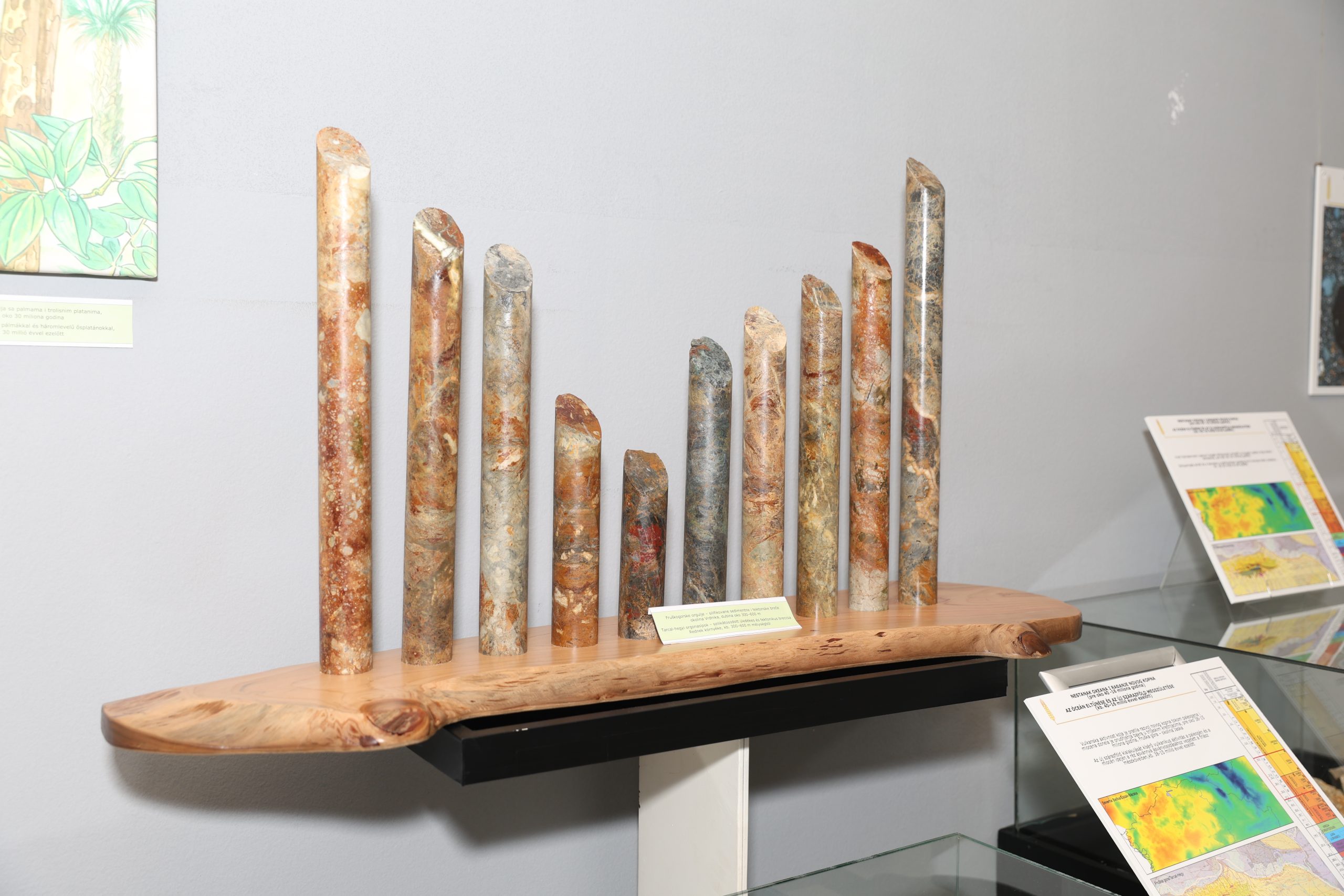Can you imagine a time without fertile plains and their surroundings? A world where the fertile Pannonian Plain was covered by an ice-bound steppe really existed once. We have to know that such ice steppe was not always there, but emerged from the vast shallow lake and swamp systems which, million years before that, replaced the Pannonian Sea. Neither the Pannonian Sea was the very beginning, it was just one of the phases of the constant battle between land and sea. Our colleague Dr. Ivan Dulić, a regional geologist at STC, who has been researching geological profiles for almost four decades, will take us 600 million years back and reveal what is hidden beneath the plain.
- There were very dynamic geological processes before the todays plain occurred. Although the detailed geological research of the Pannonian Basin has been conducted for almost two centuries, I truly believe that we are still far from drawing conclusions about the geological history of the plain. Rocks are an inexhaustible source of information, and despite the fact that geologists, particularly in the last 30 years, have put great effort in acquiring new knowledge, we are by no means close to exhausting all the geological sources lying in the rocks beneath the plain. New technologies are emerging, new methodologies are developing, and ultimately, young people with inspiration and thirst for adventure in geological science will use these available geological sources in a more technologically advanced way, thus continuing the historical story of the development of natural systems that existed before the occurrence of the todays plain - Ivan Dulić explains.
Dulić considers geology a science whose task is to draft the most detailed and accurate biography of planet Earth. Every geologist who thoroughly studies geology, regardless of which segment of geological history they explore or the method they use to collect the data, contributes to the Earth's biography being written in the rocks.
- It is important to know that the first few years of research relied only on the gravimetric map data and the surface geology. By applying these methods alone, our first oil and gas fields in the Southern Banat were discovered. However, as was the case with all the sciences of the world, geologists gradually, over time, gained access to more advanced technology and methodology, which led to progressively better research results - our interlocutor states.
"Nature does not reveal her mysteries once and for all", Seneca said a long time ago.
- Everything changes, year by year, day by day, hour by hour. Even now, as we observe the petrified traces of time, the sand in the desert conquers the new wide space, rivers carve the canyons, waves shift the shores, corals make the reefs in the warm sea shallows and the silt settles in the cold sea depths, to eventually become rocks. The ground shakes, the oceans emerge, the mountains rise, age and disappear beneath the rolling plain. Not even the plain is eternal. Natural processes never stop - Dulić claims.
In addition to his work on the geology of the Pannonian Basin, Ivan Dulić also points out his work in the Dinarides and the experience he gained from his geological expeditions in the Western Siberia.
- The geological expeditions in the Western Siberia were my best geology teachers, because in that vast, divinely beautiful and geologically immeasurably interesting space I studied geology with the top geologists from the Siberian universities and institutes. I worked with them in Altai, Rudny Altai, Kuzbass, Lake Baikal, Eastern Sayan and in the canyon of the Udzha River in the Far North of Siberia. Each expedition lasted for 30 to 40 days - our interlocutor says.

